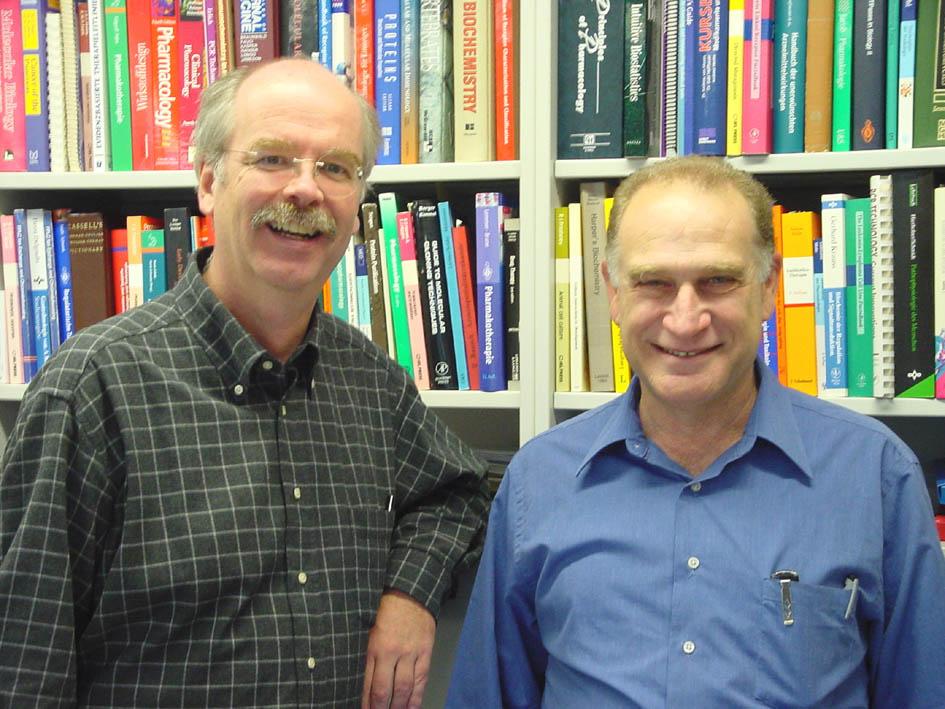According to Prof. Yoav Hannis from the Department of Neurobiology at the Faculty of Life Sciences at Tel Aviv University, this is the first demonstration of its kind of an innovative mechanism that explains how the same enzyme can lead to different biological reactions depending on how it is recruited to the membrane, how long it stays close to it and how long it can move

One of the central mysteries in this field was how a limited number of signal-transmitting proteins (active proteins that cause biological reactions in living cells) allow the cell to determine a specific and selective response from the wide range of biological signals controlled by that active protein.
The work of Orit Gutman in the laboratory of Prof. Yoav Hannis, in collaboration with the group of Prof. Peter Girschik from the School of Medicine at Ulam University in Germany, discovered for the first time a mechanism that allows a cell to respond selectively in one of a series of possible biological reactions activated by the same active protein. This mechanism, which was investigated in the current work regarding the transmission of signals by the enzyme phospholipase C-b2 (or PLCb2 for short), is based on two central factors - the areas in the cell membrane to which the enzyme is recruited from the intracellular fluid by the biological agent that activates it, and the movement ability of the enzyme in the membrane after its recruitment. This enzyme breaks down a component of the cell membrane (a phospholipid called PIP2) into two subunits, each of which activates a series of central biological signals in the cell.
PLC-b2 is able to be activated and recruited to its sites of activity in the cell membrane by several activating proteins within the cell. These proteins belong to a family of proteins called G-proteins (guanine-nucleotide binding proteins), and include the small protein Rac, the alpha subunit and the combination of the beta and gamma subunits of trimeric G proteins (G-proteins consisting of three subunits, alpha, beta and gamma).
Prof. Henis explains: "We showed that activation by each of these three different proteins: Rac, the alpha component and the combination of the beta-gamma components recruits the PLCb2 enzyme to the membrane in a different way. The result is that depending on the activating factor, the enzyme reaches other areas of the cell membrane and creates the active sub-substances by releasing PIP2 in the membrane. When PLCb2 is activated by the Rac protein, it is recruited to unload PIP2 only in limited and small areas of the membrane, while its activation by beta-gamma coupling recruits it to extensive areas of the cell membrane, along which it moves at high speed and generates the signal over a large area. Activation by alpha results in an intermediate event, when the enzyme is mobilized to larger areas than when activated by Rac, but its movement is relatively limited to the rapid gliding that accompanies its activation by beta-gamma.
"In other words," says Prof. Henis, "we have a new mechanism in which the identity of the protein that recruits the enzyme to the membrane defines which areas the signals came from and determines how the cell will behave. This is the first demonstration of its kind of an innovative mechanism that explains how the same enzyme can lead to different biological reactions depending on how it is recruited to the membrane, the time it stays close to it and its ability to move for a long time."
Prof. Henis emphasizes that understanding the mechanism is important for developing the ability to intervene in the regulation of biological processes controlled by enzymes active in the membrane, and may lead to the development of drugs for diseases resulting from deficiencies in the activity of enzymes of this type.
The group from Tel Aviv University performed the biophysical experiments, while the German group performed the biochemical experiments. The research is supported by the GIF Foundation - the Israel-Germany joint foundation for scientific research and development.
The research was published on 5.2.2010 in the scientific journal The Journal of Biological Chemistry, and a review article was published about it on 16.2.2010 in the prestigious scientific monthly Science Signaling in light of its selection as the "Editors' Choice" in this monthly.
The study itself
Gutman, O., C. Walliser, T. Piechulek, P. Gierschik, and YI Henis. 2010. Differential regulation of phospholipase C-b2 activity and membrane interaction by Gaq, Gb1g2, and Rac2. J. Biol. Chem. 285:3095-3015.
Editor's Pick in Science Signaling:
Ray, LB 2010. Modulating Motion in the Membrane. Sci. signal. 3:ec51.

One response
Great and surprising!